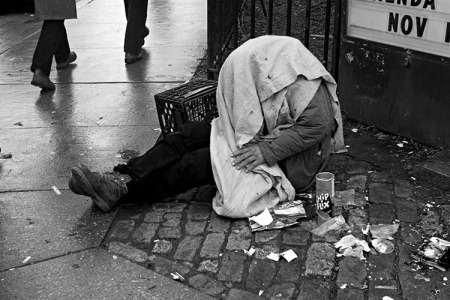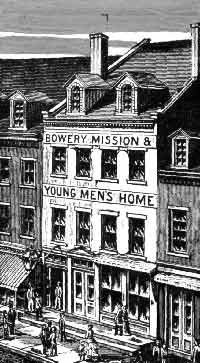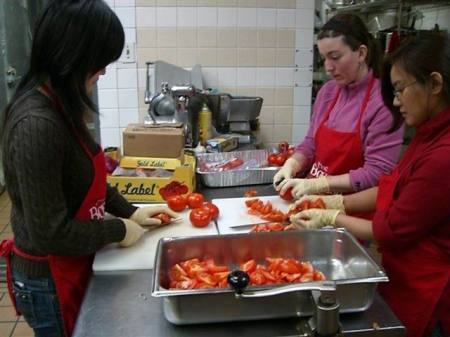 photo: jonathangreenwald.com
photo: jonathangreenwald.com
The Department of Homeless Services conducts an annual survey of homeless people living on the city streets and subways. Called “clients” in official parlance, these unsheltered homeless people are then placed in various drop in centers, transitional shelters or permanent housing depending on whether they wish to be sheltered or not. The survey results for 2007 documented 3,755 unsheltered homeless people, a 2 percent fall compared to 2006 results.
According to DHS surveys, the number of homeless people living on the streets, roaming in the subways, sleeping on park benches and putting up makeshift shelter underneath the city bridges continues to decline with 2006 survey registering a 13 percent fall compared to 2005 survey results which showed 4395 homeless people without shelters.
Determining the exact number of unsheltered homeless people is a difficult task fraught with risks of inaccuracies and duplication. Quoting Molly Heyman, a junior at NYU’s School of Social Work and president of Oxfam America at NYU, a January 31 news story on 2008 survey said the accuracy of the survey result was doubtful. Heyman contends that the annual survey is always done at night during winters so that the numbers are kept low.
On January 28, 2008 from midnight to 4 am, about 2,500 volunteers canvassed the streets, subways and parks in all five boroughs to survey the homeless people without shelters.
As one of the 2,500 volunteers for the 2008 survey, I think the risk of duplication and inaccuracy is a possibility. It so happened that the person I interviewed for the survey in the area assigned to my team would have been interviewed by another team in another area. The chances are I would be interviewing a person who had already been interviewed a few minutes or hours before by another team. To counter duplication, the DHS survey requires volunteers to describe unusual appearances about the interviewee, but then again it depends on the kind of observation a volunteer does which is subjective. Reality appears different to different people. Also the fact is not all homeless people spot outlandish tattoos or prominent scars.
Again, the volunteers cannot disturb those who are sleeping, so one never knows whether they are homeless or someone who forgot their way back home in drunken stupor. I saw a person sleeping in an ATM outlet few blocks down Bleecker Street. Another one was sleeping in the doorway of some shop in the same area.



 Posted by thehomelessblog
Posted by thehomelessblog 

